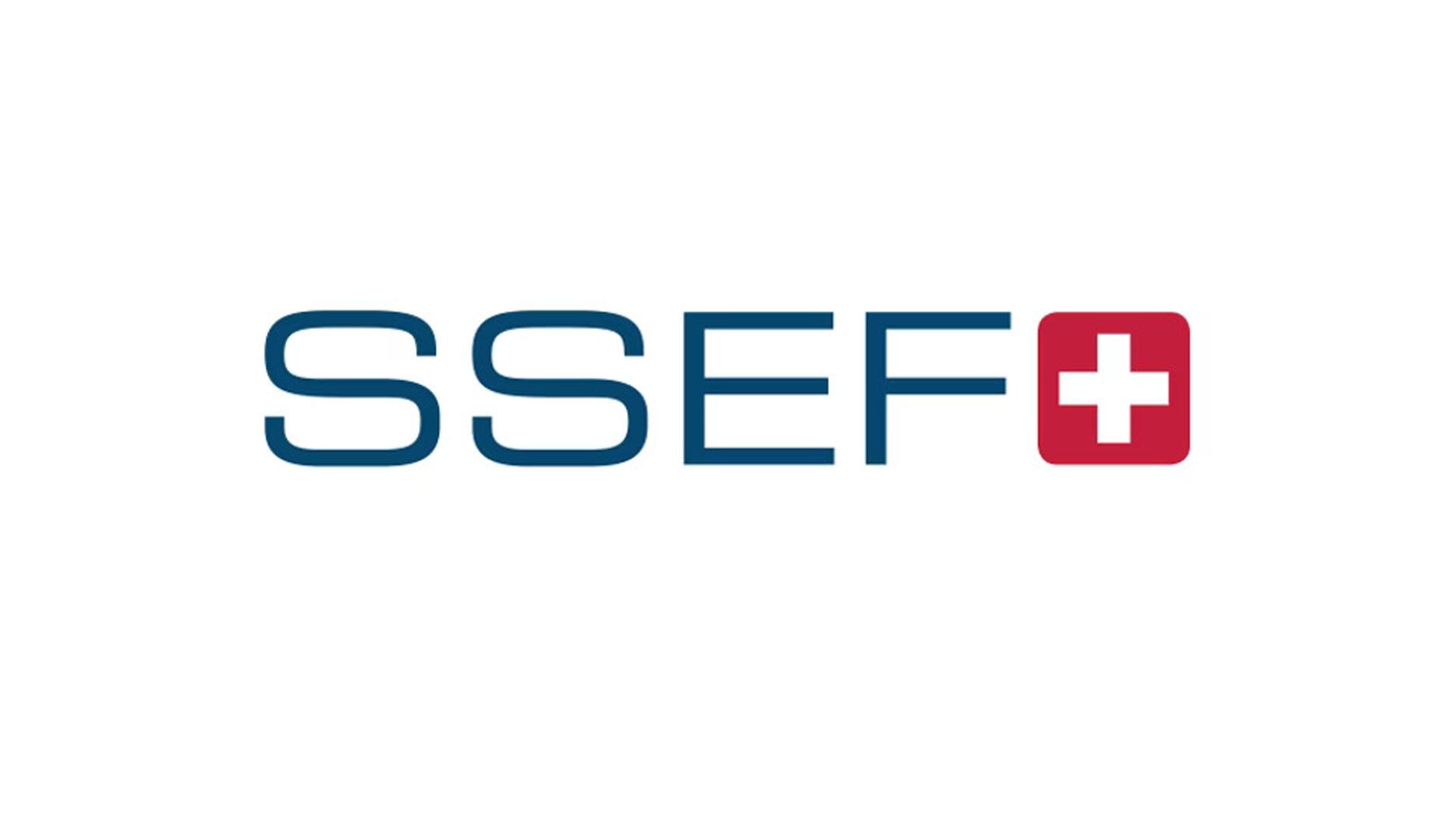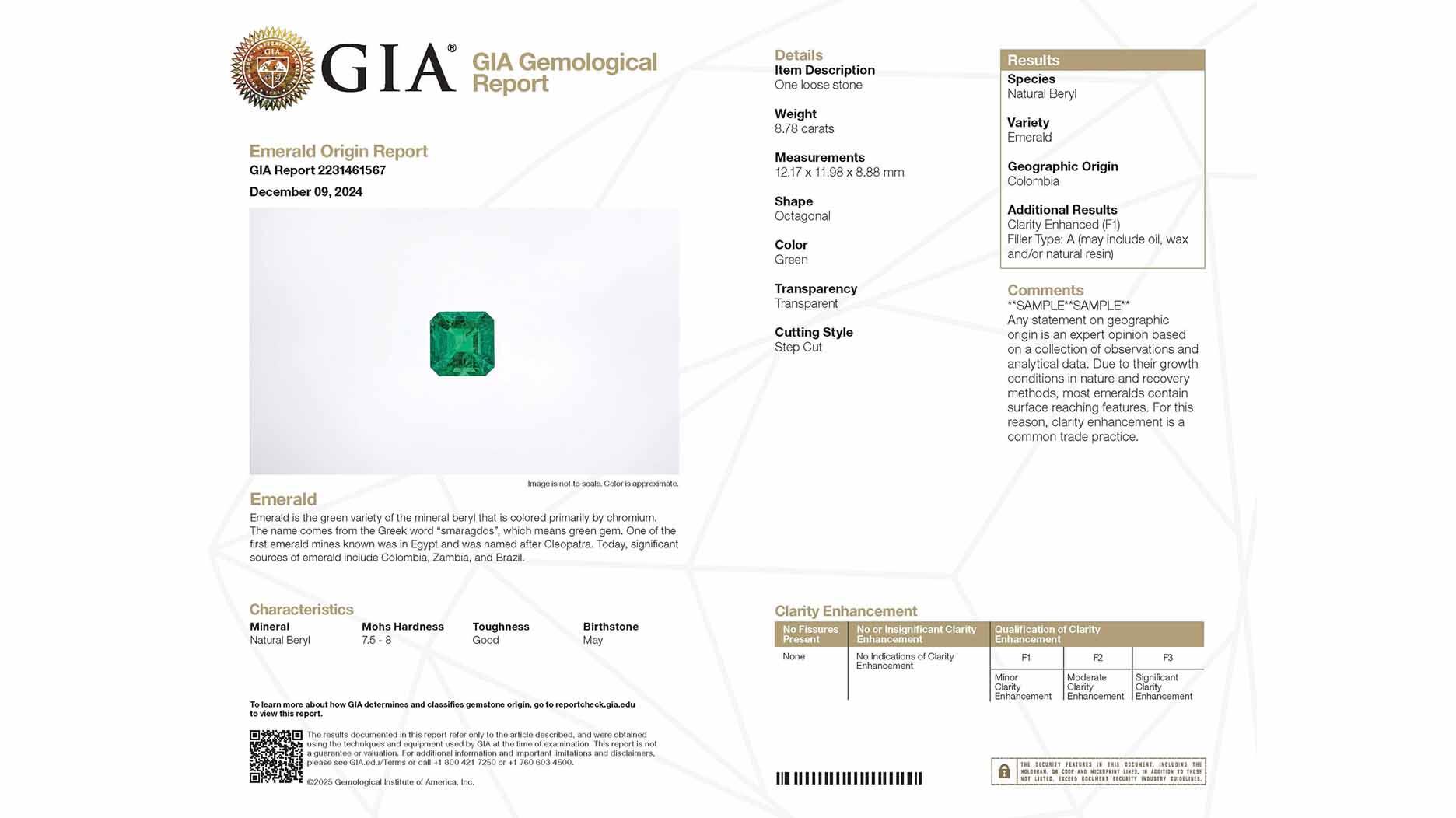IGI Announces Tech for ID’ing Lab-Grown Colored Diamonds
The lab stresses the importance of accurate identification, as the difference in price is “substantial.”

Screening devices for colorless natural and lab-grown diamonds, like the lab’s “IGI D-check,” commonly are based on photo luminescence. The machine captures the signature fluorescence and phosphorescence exhibited by a diamond under ultraviolet light of a shorter wavelength to determine the source of creation.
This type of screening is not suitable for identifying lab-grown fancy-colored diamonds, as these stones are often treated with irradiation, heat, pressure, or a combination of all three, which alters the fluorescence and phosphorescence.
After extensive study, IGI established a common set of procedures for each color category.
The new type of screening can distinguish between natural and lab-grown fancy-colored diamonds, and it uses advanced techniques like fourier-transform infrared spectroscopy (FTIR) and photoluminescence spectroscopy, along with magnification.
“IGI uses the latest technology to ensure that each diamond is graded accurately and identified correctly as natural, or lab grown,” IGI CEO Tehmasp Printer said.
“With lab-grown fancy-colored diamonds gaining momentum and the differential pricing being substantial, it’s imperative that the screening is done by a reputed laboratory like IGI.”
IGI can identify lab-grown and natural fancy-colored diamonds loose, in parcels, or mounted in jewelry.
Printer added, “We had a few cases in recent times where there has been a contamination of natural fancy-colored pink diamonds mixed with lab-grown pink diamonds. We strive to ensure that consumers have the right to accurate and authentic information about the diamonds they are purchasing.”
The lab said it has continuously evolved and shared its testing methods and techniques on a global level to ensure every diamond is accurately tested.
IGI said it foresaw the increase in demand for lab-grown diamonds in 2008 and was the first global laboratory to include certification for lab-grown diamonds.
“IGI has developed the ‘D-check’ in the interest of transparency and peace of mind for the industry and consumers alike,” said Printer.
“Our commitment to accuracy and transparency in the certification process is reflected in strict adherence and regular calibration of our international standards and testing methods across our worldwide locations. In addition to lab-grown certification services, IGI also provides comprehensive certification for loose diamonds, jewelry, and colored stones.”
To learn more about IGI and its other offerings, visit the lab’s website.
The Latest

The couple pleaded guilty to concealing at least $127 million in cash transactions at its precious metals businesses.

Consumers shared concerns about prices, inflation, tariffs, trade, and politics in the survey’s write-in response section.

In February 2026, the auction house will move its headquarters to the former Steinway Hall, a neoclassical landmark on Billionaires’ Row.

How Jewelers of America’s 20 Under 40 are leading to ensure a brighter future for the jewelry industry.

The new show will take place Jan. 23-25, 2026.


The former BHP Billiton leader and Gemfields chairman is remembered for his influential leadership throughout his 50-year mining career.

The LVMH-owned brand has partnered with the costume design union to revamp its award for 2026.

Roseco’s 704-page catalog showcases new lab-grown diamonds, findings, tools & more—available in print or interactive digital editions.

The luxury titan inked a deal to acquire an initial minority stake in the jewelry manufacturer with a pathway to full ownership by 2032.

The company’s curation of unsigned vintage and estate jewelry debuted at the Bloomingdale’s in Costa Mesa, California.

In the recent multi-shipment seizure, CBP also found counterfeit Audemars Piguet, Moncler, and Chrome Hearts items.

Helzberg’s Chief Retail Officer Mitch Maggart shared details about its tests of a new store concept rooted in an elevated luxury experience.

Jewelers of America execs and National Jeweler editors discuss tariffs, the sky-high gold price, and the engagement that broke the internet.

The luxury goods company said founder Ippolita Rostagno will remain at the brand’s helm.

Laura Burdese, who joined the Italian luxury brand in 2022, will take on the role in July.

The National Jeweler editors revisit the most noteworthy industry happenings and design trends from 2025.

Need a gift for the cat lover who has everything? Look no further than our latest Piece of the Week.

It purchased the “Grosse Pièce,” an ultra-complicated Audemars Piguet pocket watch from the ‘20s, for a record-breaking price at Sotheby’s.

The lab-grown diamond grower now offers custom engagement and fashion jewelry through its Kira Custom Lab Jewelry service.

Chandler got his start at Michelson Jewelers and has served as DCA president and CEO since 2001. He will retire at the end of the month.

The boutique is slated to open this week inside Terminal 8, offering pre-owned Rolex watches and more to international travelers.

Sponsored by Digital Monitoring Products

The special-edition egg pendant ingested in a New Zealand jewelry store was recovered after a six-day wait.

Associate Editor Natalie Francisco plays favorites with Piece of the Week, selecting a standout piece of jewelry from each month of 2025.

The “Love and Desire” campaign is inspired by the magic that follows when one’s heart leads the way, said the brand.

Berta de Pablos-Barbier will replace Alexander Lacik at the start of January, two months earlier than expected.

Sotheby’s held its first two jewelry sales at the Breuer building last week, and they totaled nearly $44 million.




























